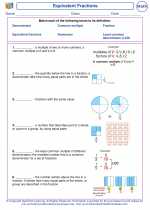Arithmetic Study Guide
Addition
Addition is the process of combining two or more numbers to find their total sum. The symbol for addition is "+". For example:
- 3 + 4 = 7
- 12 + 5 = 17
- 25 + 30 = 55
Subtraction
Subtraction is the process of taking one number away from another. The symbol for subtraction is "−". For example:
- 8 - 3 = 5
- 15 - 7 = 8
- 40 - 20 = 20
Multiplication
Multiplication is the process of repeated addition. The symbol for multiplication is "×" or "*". For example:
- 4 × 3 = 12
- 7 * 5 = 35
- 10 × 8 = 80
Division
Division is the process of splitting a number into equal parts. The symbol for division is "÷" or "/". For example:
- 12 ÷ 3 = 4
- 21 / 7 = 3
- 40 ÷ 5 = 8
Order of Operations
When performing arithmetic operations, it's important to follow the correct order of operations: Parentheses, Exponents, Multiplication and Division (from left to right), Addition and Subtraction (from left to right).
Practice Problems
Now that you've learned about the basic operations of arithmetic, it's time to put your knowledge to the test with some practice problems. Try solving the following:
- Calculate the sum of 28 and 49.
- Find the difference between 85 and 37.
- Multiply 12 by 6.
- Divide 63 by 9.
Remember to apply the order of operations when solving these problems. Good luck!
.◂Math Worksheets and Study Guides Fifth Grade. Equivalent Fractions
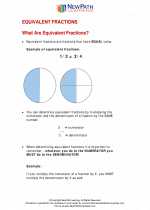
 Worksheet/Answer key
Worksheet/Answer key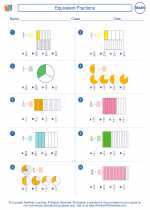
 Worksheet/Answer key
Worksheet/Answer key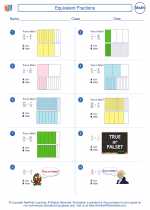
 Worksheet/Answer key
Worksheet/Answer key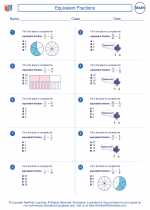
 Worksheet/Answer key
Worksheet/Answer key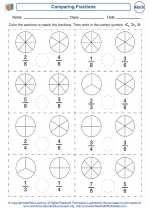
 Worksheet/Answer key
Worksheet/Answer key
 Vocabulary/Answer key
Vocabulary/Answer key